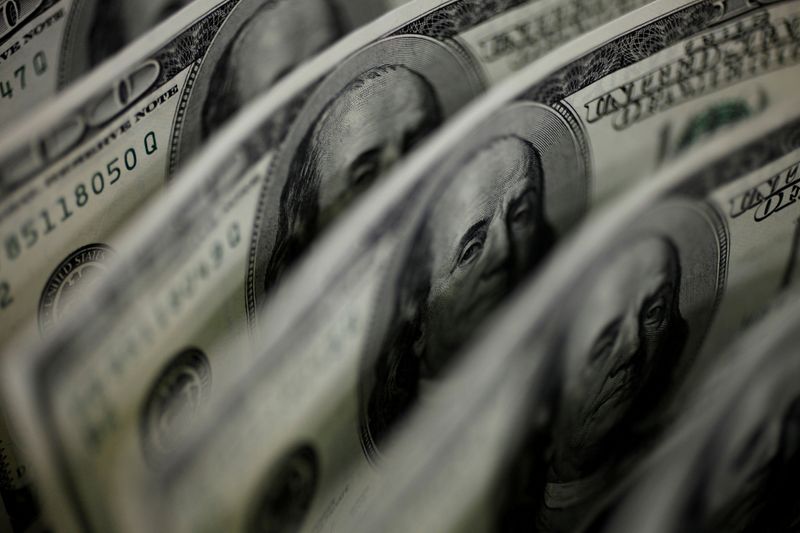TOKYO, Sept 28 (Reuters) – The dollar held off a 10-month high on Friday as markets headed into the end of the quarter, giving the yen slightly more breathing room at the end of the week amid intervention concerns.
The euro largely held its ground after rebounding overnight, but was still not far from its January low of $1.0482, which if broken would be the lowest since December.
The dollar index , which tracks the currency against six other majors, was mostly flat in the Asian morning, on track for an 11th straight week of gains, after dipping as low as 106.020 overnight.
TOKYO, Sept 28 (Reuters) – The dollar held off a 10-month high on Friday as markets headed into the end of the quarter, giving the yen slightly more breathing room at the end of the week amid intervention concerns.
The euro largely held its ground after rebounding overnight, but was still not far from its January low of $1.0482, which if broken would be the lowest since December.
The dollar index , which tracks the currency against six other majors, was mostly flat in the Asian morning, on track for an 11th straight week of gains, after dipping as low as 106.020 overnight.
At the same time markets look ahead to key PCE data released later on Friday, the U.S. appears to be headed toward a partial government shutdown, which could affect the release of economic data, providing little visibility on how the economy is doing.
That could create a “vacuum of uncertainty” as the Federal Reserve tries to determine whether another rate increase is needed this year, said Tony Sycamore, market analyst at IG.
“When we’ve got central banks that are data dependent… and they can’t get that data in a timely fashion, it does, I think, create another reason to move to the sidelines in some of these asset classes,” Sycamore said.
Richmond Fed President Thomas Barkin on Thursday said it’s unclear whether more monetary policy changes will be needed in coming month.
The yen remains in focus as it trades near the 150 level, which is viewed as potentially spurring intervention from Japanese authorities.
Against the dollar, the Japanese currency last traded at 149.34 yen .
Core inflation in Japan’s capital slowed in September for the third straight month mainly on falling fuel costs, data showed on Friday, suggesting that cost-push pressures are starting to peak, in a relief for the fragile economic recovery.
Separate data showed factory output was flat in August, a sign companies were feeling the pain from soft global demand and weak signs in China’s economy.
Although intervention in the currency market may have limited impact, “the government would lose nothing politically by demonstrating to the Japanese public that it is serious about tackling the surge in import prices that results from a weaker yen”, said Yasunari Ueno, chief market economist at Mizuho Securities, in a note to clients.
Elsewhere, the euro stood at $1.05625 , down 0.04% so far in Asia after climbing off this week’s multi-month low of $1.0488. Investors will be looking ahead to Friday’s CPI data out of the euro zone for clues into the state of the bloc’s economy.
Reporting by Brigid Riley. Editing by Gerry Doyle



